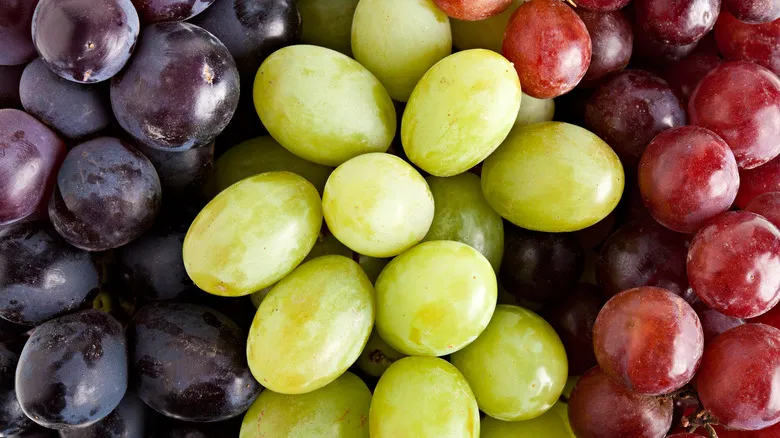What is bloom?
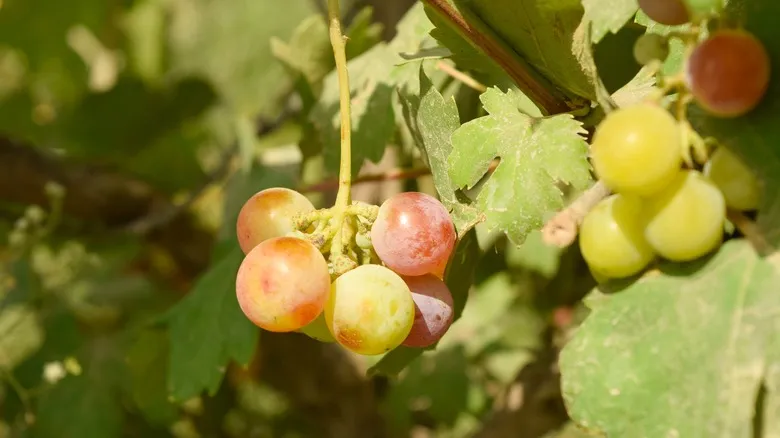
"Bloom" might remind you of mold, but it’s quite different. It has nothing to do with flowers either. Instead, it refers to a protective substance produced by the grape itself. Imagine this waxy, whitish coating as a fruity suit of armor — a barrier on the grape's outer layer (or cuticle) that protects it from moisture loss, pests, and other dangers. Bloom can harbor the wild airborne yeast Saccharomyces cerevisiae, which clings to the grape's skin and plays a crucial role in wine fermentation. The primary component of bloom is oleanolic acid, known for its antibiotic, antiviral, and anti-inflammatory properties, and is even found in some skincare products (in other words, it’s quite potent).
Bloom is present on all grape varieties, but it may appear more noticeable on darker ones due to the contrast in color. You might also notice it on other fruits, like fresh blueberries and plums, where it’s sometimes called "blush." In short, the delicious grapes you love to eat likely wouldn’t reach your plate without this protective layer.
Is bloom safe to eat?
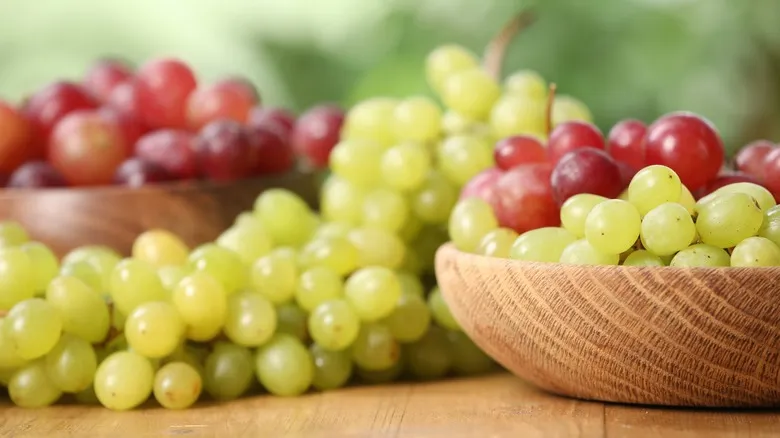
You may be familiar with the adage "appearances can be misleading." This is especially true for grapes covered in bloom, which are completely safe to eat despite their less-than-perfect look. However, it's wise to give them a quick rinse under cold water before enjoying them—just like you would with any other fresh fruit or vegetable—to eliminate any pesticide residues.
Washing off the bloom might also enhance the flavor of the grapes, as some individuals find the bloom to have a bitter or chalky taste. But rest assured, that's the extent of the bloom's drawbacks. "Bloom is entirely safe, and it typically washes away with a rinse," explains Ross Jones from the California Table Grape Commission in a video for Grapes from California. "If some bloom remains after rinsing, there's no need to worry—it's harmless to consume."
On that note, remember to rinse grapes only when you're ready to eat them. Just as the bloom helps preserve grapes on the vine, it also aids in keeping them fresh after harvest. Avoid the temptation to wash off this white coating before storing them in the refrigerator; doing so will help them stay fresh for up to two weeks. As a nation that is truly passionate about this delightful fruit, we consider that to be fantastic news!
Recommended

Does Ben & Jerry's Really Give Its Cows Massages?
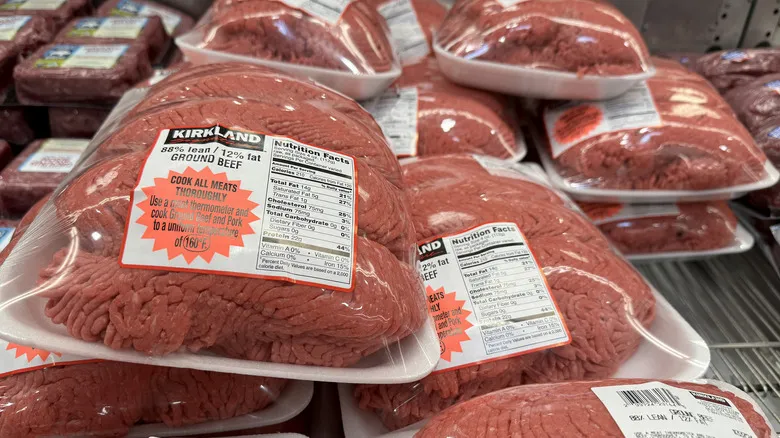
What's Up With The Nitrogen In Ground Beef Packages?
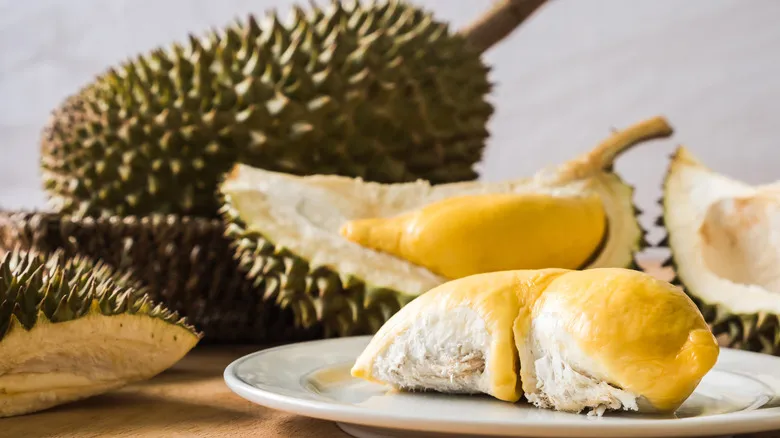
2 Ways You Can Taste The World's Smelliest Fruit At Costco
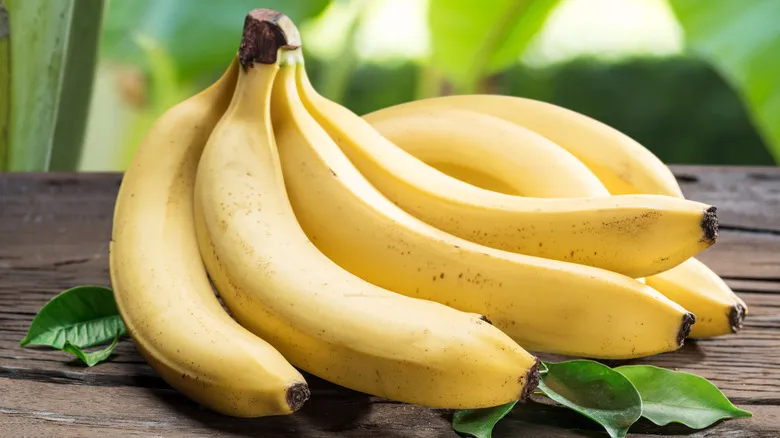
Your Great Grandma Wouldn't Recognize Today's Bananas
Next up

